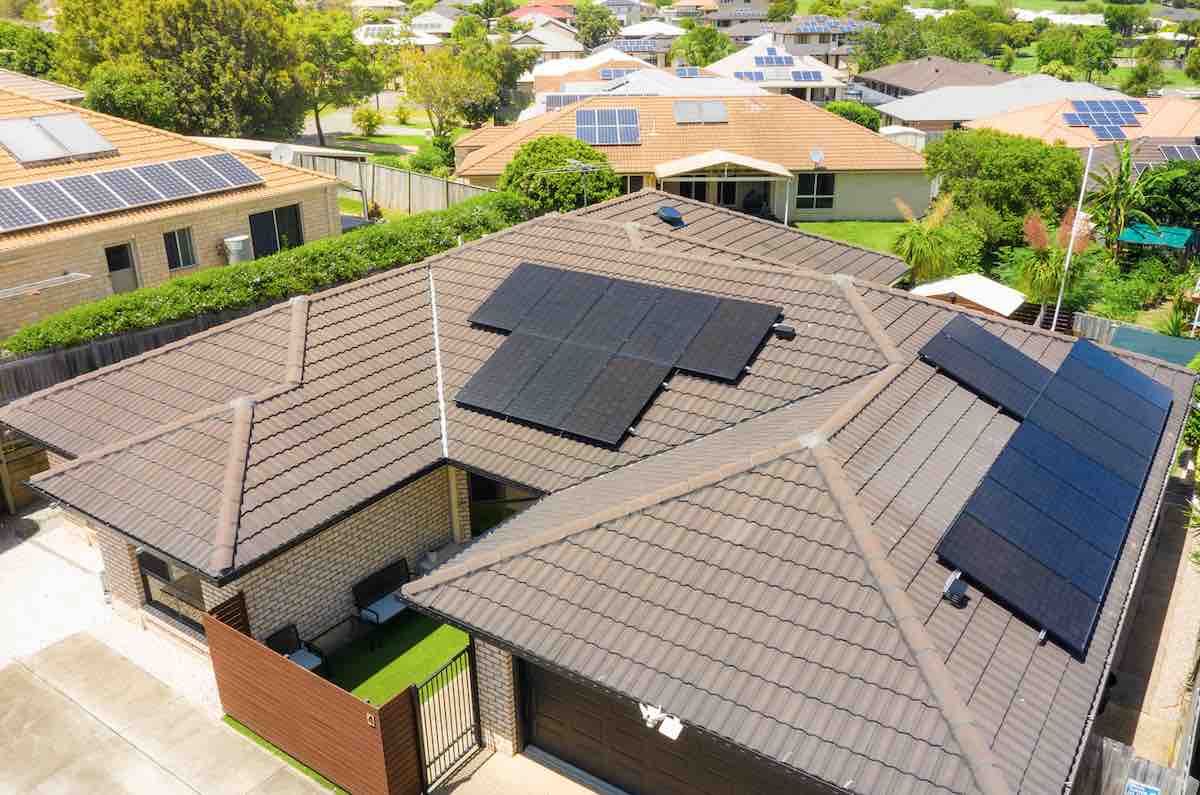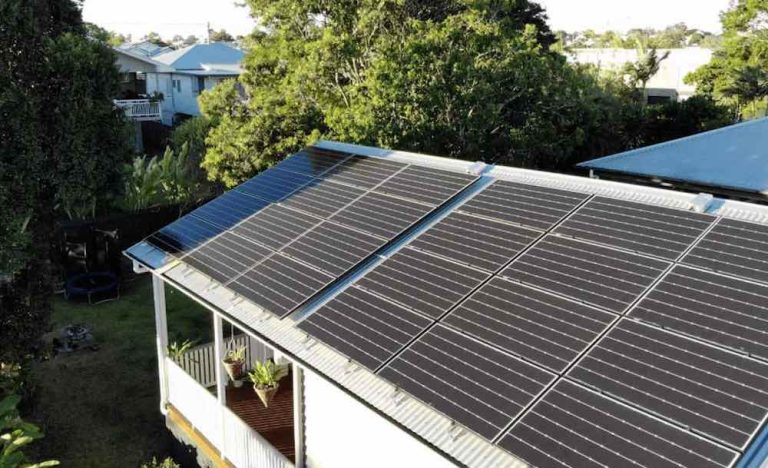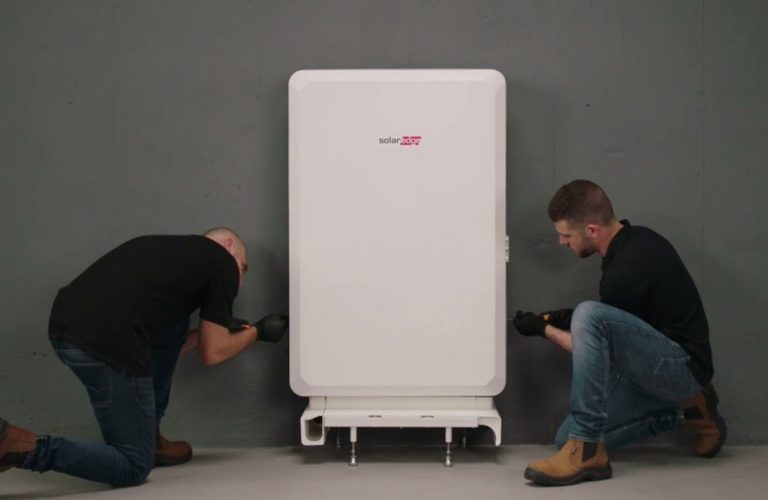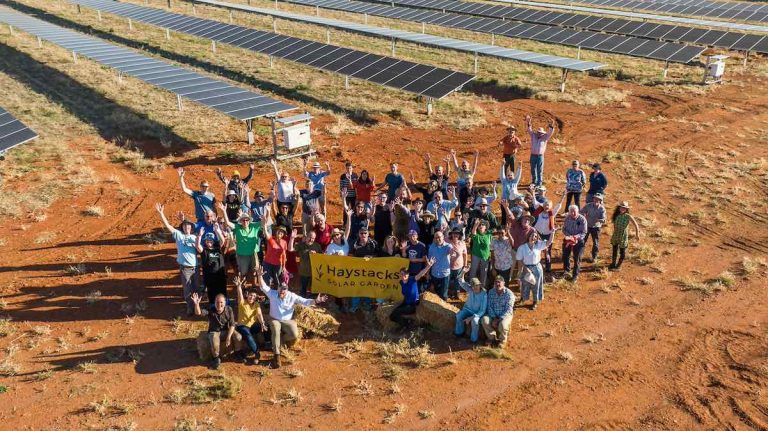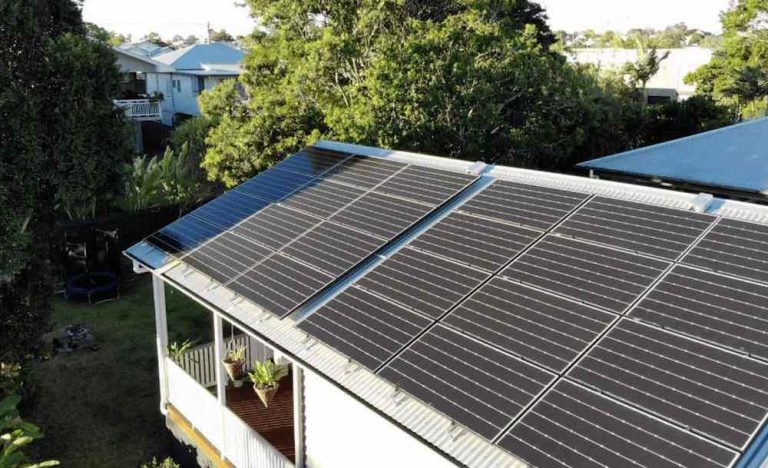Explaining Record Volumes in Rooftop Solar Market Amid Retailer Complaints
Solar retailers are facing challenges despite the market setting new records, creating a puzzling contradiction. May 2024 saw record volumes, making it the fourth-largest month for the STC market. The year 2024 is currently 7% ahead of 2023 in terms of megawatts.
One of the reasons for retailer dissatisfaction is the decrease in customer numbers compared to 2023, especially in the first three months of the year. While commercial PV is experiencing a record start to the year with a 14% increase, residential growth is at 6%, which is still a significant improvement.
2024’s STC Registration and Installation Lag
Contrary to assumptions, the data indicates that the volume from 2023 installations contributing to 2024’s year-to-date volume is consistent with the previous year. The growth in 2024 is primarily from installations that occurred in the same year, making it one of the most current years in terms of installation lag.
Regional Disparities and Market Trends
While January 2024 showed varying performance across states, with Queensland leading the way, New South Wales had a notably better start compared to the previous year. Victoria, on the other hand, is lagging behind in growth.
NSW and Queensland are showing positive growth trends, with NSW up by 16% and Queensland by 9% compared to 2023. The market share distribution among companies indicates a shift towards smaller companies handling less capacity.
Factors Affecting Retailers’ Business
The decline in lead volumes and proposals, along with a reduction in sales per organisation, is impacting retailers’ businesses. The conversion rate from proposals to sales is decreasing, reflecting a challenging economic environment.
Customers are now spending less on solar purchases, with a noticeable drop in median purchase prices. This shift is influenced by lower retail prices per watt and the preference for more affordable products.
Impact on Retailer Revenues
As consumer interest softens and sales conversion rates decrease, retailers are facing revenue challenges. Despite healthy installation levels, the growth in volume is not sufficient to counter the declining prices of solar panels and systems.
The industry is experiencing a shift towards smaller, more affordable systems as retailers navigate the changing market dynamics. While the outlook for the second half of the year may indicate slower growth, other factors traditionally influence the solar industry’s performance towards the year-end.
Warwick Johnston, the managing director of SunWiz, provides insights into the complexities and dynamics of the solar retail market.
